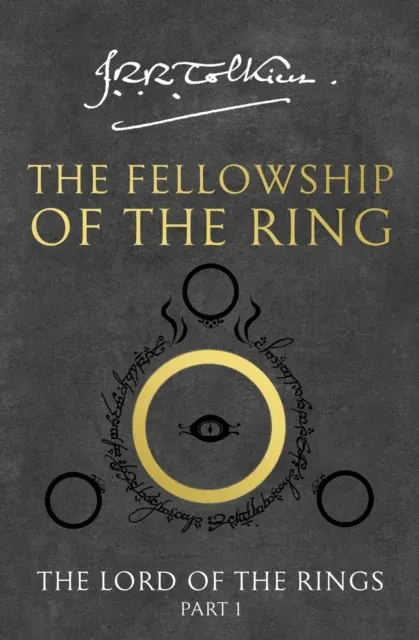American Indians and Early Explorers of the New World

It is believed that Native American Indians came to America from Mongolia during the ice age, passing on a land bridge between Asia and America and from Alaska spread into Canada, North America, Central America and South America. When the explorers of the New World came to America, they found different tribes and thriving civilizations of Native Americans.
The American Tribes
Tribes on the eastern coast of North America lived in smaller groups, hunting and farming. Nomadic tribes roamed the Great Plains searching for buffalo.
In Central America, the Aztecs had a large, powerful empire and lived in the jungles, building large ziggurats.
The Mayas and Incas lived in South America and in the south of North America, having created advanced civilizations with significant achievements in mathematics, astronomy, and engineering.
A special group of Indians called the Anasazi built some of the first villages in the American Southwest by 500 A.D., hunting and growing crops like corn, squash, and beans. They developed sophisticated dams and irrigation systems, distinctive pottery, and multiroom cliff dwellings.
By 1300, the Anasazi abandoned their settlements due to long-lasting drought. Their descendants include the Hopi, Zuni, and other Pueblo peoples.
European Explorers
Christopher Columbus
Christopher Columbus was the first European explorer to arrive in the New World. He was sponsored by the Spanish government, who liked his plan to find a new trade route to the Indies. When going towards where he thought would be the Indies, he arrived at a new land. He brought back gold and other precious things that he had taken from the natives.
Columbus’s return to Spain sparked European interest in the New World. The Spanish were craving a share of the New World riches and land. They were given the rights to explore and conquer the western part of the world, the Americas, by Pope Alexander VI (a Spanish pope).
Columbus exchange — write next
To achieve this goal, the Spanish sent their explorers and conquistadors. Conquistadors were soldiers who doubled as sailors.
Conquistadors and Spanish Explorers
Ponce de León explored Florida, seeking the Fountain of Youth, but failed to establish a permanent settlement and to find the fabled fountain.
Francisco Vásquez de Coronado searched for the Seven Cities of Cibola and their riches, in the process he discovered the Grand Canyon and no riches.
Hernando de Soto explored the southeastern U.S. and was the first European to view the Mississippi River, but died without finding wealth.
Juan Rodriguez Cabrillo explored California’s coast and established Spanish claims, despite dying during the journey.
The Spanish Mission System
The California missions, established between 1769 and 1833, were founded by Spain to convert Native Americans to Catholicism and expand its territory.
Father Junipero Serra, a Franciscan priest, founded the first mission, Mission San Diego de Alcalá. He went on to establish eight missions.
The main goal of the missions was to convert Native Americans into devoted Christians and Spanish citizens, while also preventing rival countries from occupying the California region.
Life in the missions involved religious education and labor for the Native Americans, who were dubbed “neophytes” after baptism.
The mission period greatly influenced California's architecture, with many buildings, houses, and churches still existing today.
The Mexican government ended the mission system in 1833, leading to the secularization of missions and debate over their land and buildings.
French Explorers
Giovanni da Verrazano and Jacques Cartier were among the first explorers sent by the French government. Verrazano searched for a westward route to Asia, while Cartier explored the Gulf of St. Lawrence and traveled to present-day Montreal.
French Huguenots (Protestants) established villages in South Carolina and Florida in the 1560s, but were overpowered by the Spanish.
Samuel de Champlain founded Quebec in 1608, establishing France’s first sustained settlement in the New World and starting a profitable fur trading business.
French trappers and Catholic missionaries ventured through vast territories, forming alliances with Native American tribes, establishing fur trade with their allies, and spreading Christianity where they could.
English Explorers
The earliest known English settlement was the Roanoke settlement. An account from the leader of this colony left a certain mystery around the place and gained it the nickname of the Lost Colony.
The leader of this settlement, John White, had to leave to get supplies. He was detained for three years and when he came back, there was no settlement there. On a tree was carved the word “Croatoan”, and that was the last that was seen of the colony.
Nowadays, archeologists have found, from Native American artifacts mixed with English ones, that the “Lost Colony” left their old location and moved in with the friendly Croatoan Indians.




